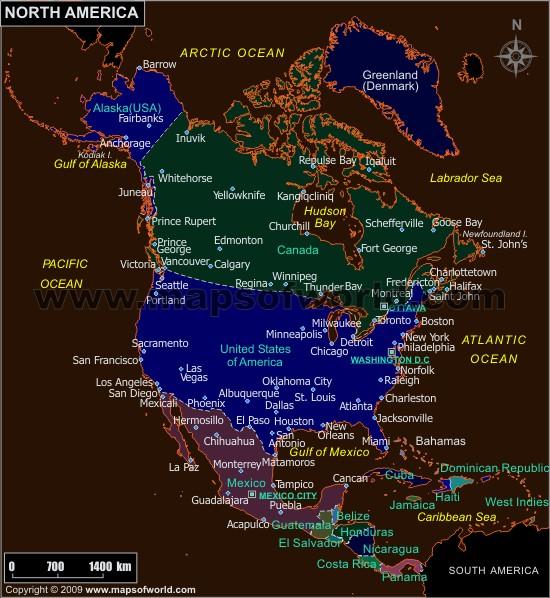
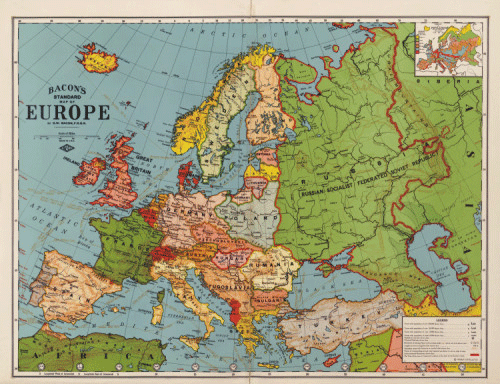
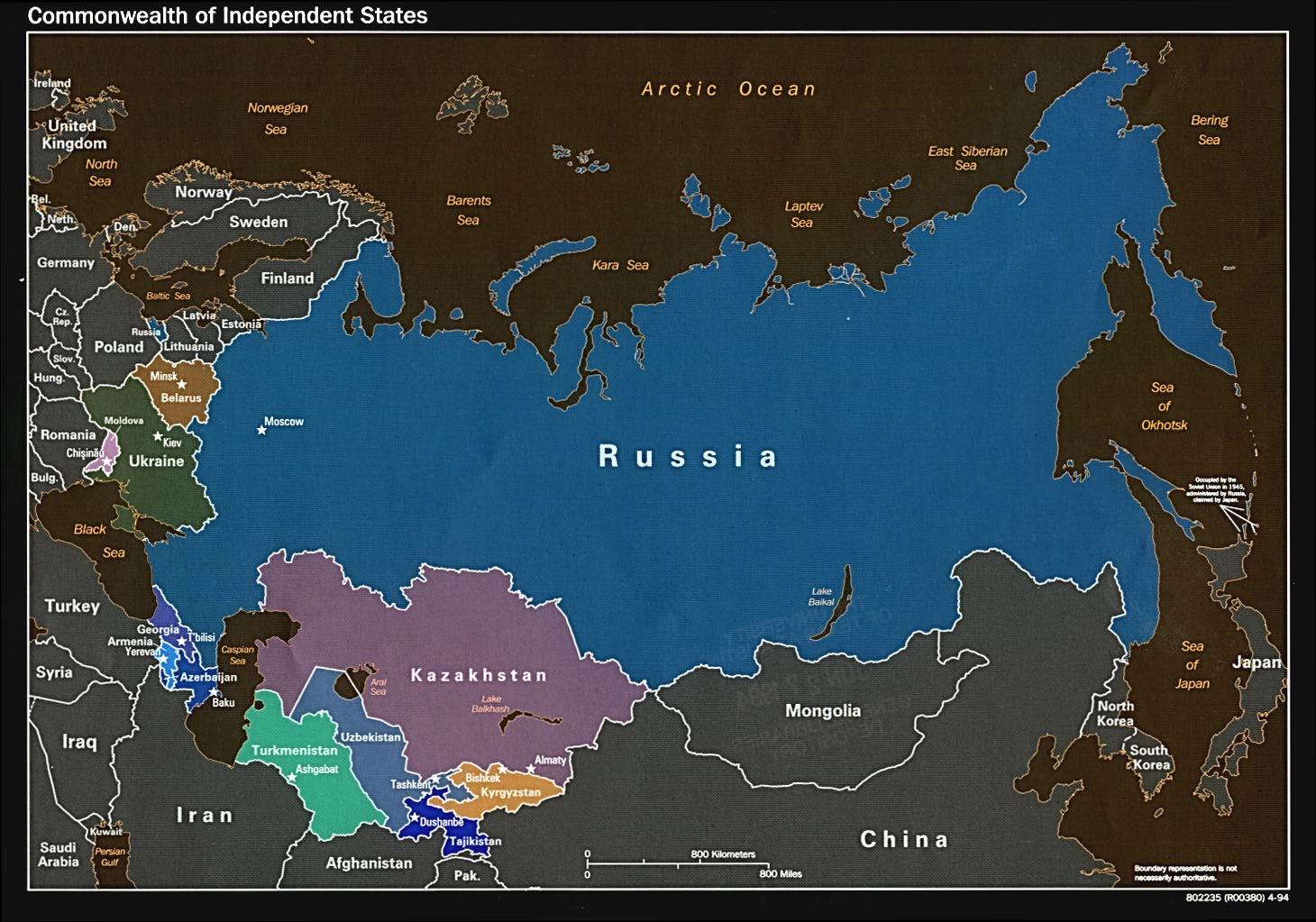
![]()
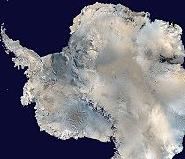
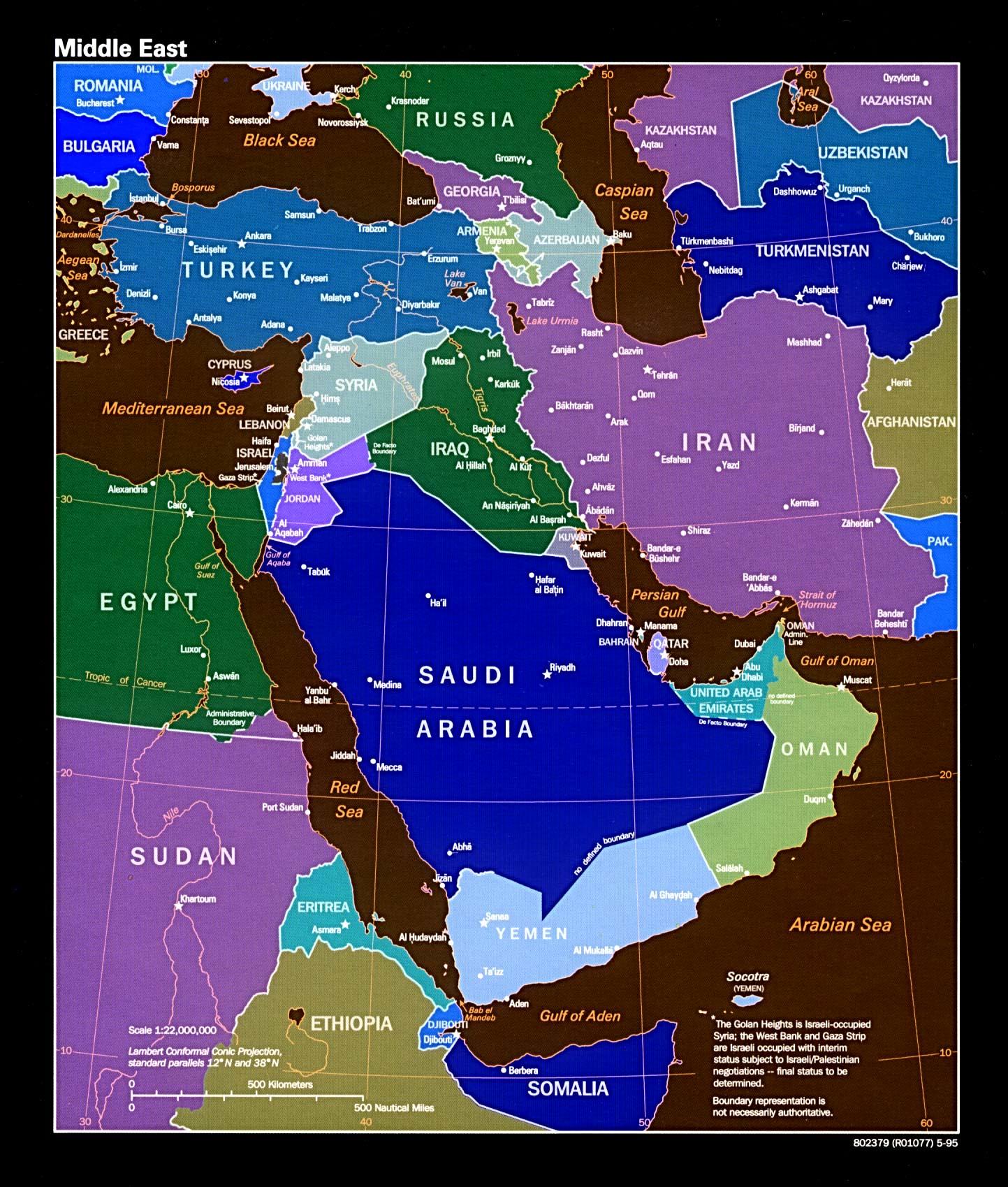
![]()
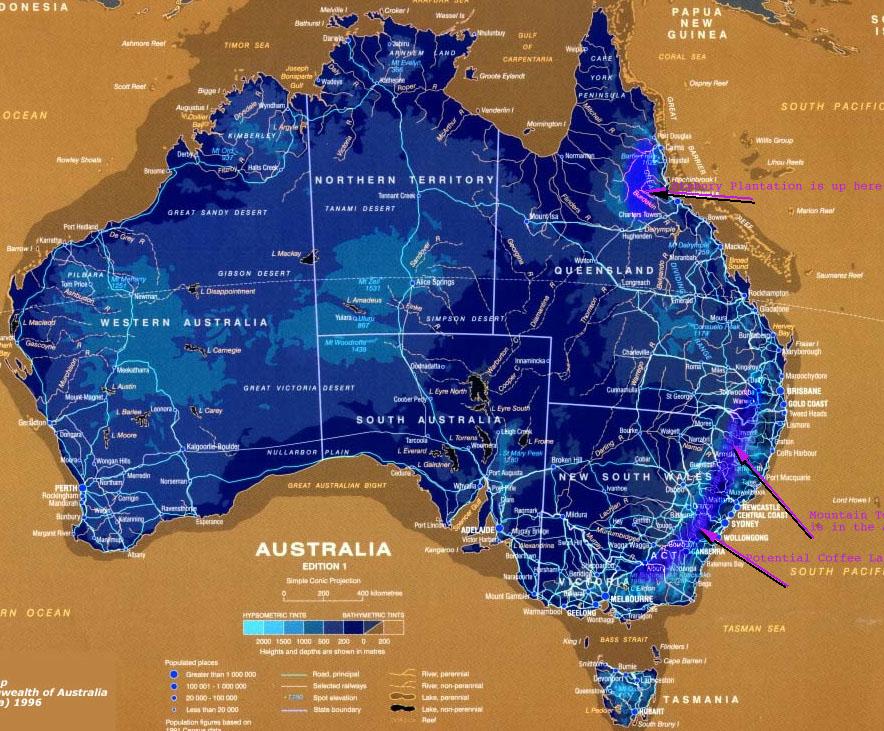
![]()
LECTURE OUTLINES
Topic 2 -
HISTORY OF THE STATE SYSTEM
Because we live in states, and assume the world map -with many colors- is a regular, stable and almost eternal thing, the state system is taken for granted. But it is not a permenant feature, it was invented.
It is not ordained by God nor determined by nature. In fact, alternatives are more 'natural' than the modern nation-state, if animal behavior and pre-modern human organizations are reexamined. It was invented by a particular people in a particular time, a historical context: it is a type of social organization, invented by the Western Civilization in the 17th Century. There is no predestination in this, it was just developed in Europe and spread elsewhere, to almost all the lands of the Earth. In fact, empires are the most common feature in the history of human organization, not nation-states. During modern times, we have abandoned many competitors to the state: city-states (think Sumer and Greece), feudalism (think medieval England), colonialism (think 17th Century Spain) and others. Indeed, there were no clearly recognizable sovereign 'states' before the 17th C. Sovereign kings and emperors? Yes. Sovereign tribal chiefs? yes. But no sovereign 'state' apparatus acting as a bureaucracy apart from a person. But today, the political lives of almost everyone in the world are structured by exactly this kind of state bureaucracy, as part of our greater system. Globalization, a verb denoting an action very much on the march, is increasing the interdependence of the states the make it up. This has existed since the 17th Century and the beginning of the system, but is much, much more of a reality now.
Is it a coincidence that the state system and the modern era grew up together? Probably not. The state-system is a 'modernism thing'. It seems an outgrowth of modernism and an engine and incubator for continued development of the trappings of modernism (insert list here of modernism traits from class). So, the state system is a defining feature of modernity. It spread from Europe in 17th C to North America in the 18th C, Latin America and East Asia, the Middle East and South Asia in the 19th C. Africa in the 20th. What is its place in a post-modern age? Will the state system end as the centuries of modernity- the European (read: Western) colonial / modern order- continues to vanish? This is more uncertain.
But the 'state' itself is a type of political organization within a certain territory. And political organization has been around for 5000 years! So, what was around before the 'state'? Other systems! Whenever neighbors entered into a zone of political proximity with each other, they required International Relations within a system, even if they are just two tribes. The oldest treaties between two major powers in the world is the Peace Treaty following the Battle of Kadesh (c. 1275 BC) between the Hittite Empire and the Egyptian Empire. It is now hung in the atrium of the UN building in New York, as a form of inspiration that peace is a possible outcome to any situation. So, we can define a state system as such: 'State System' stands for relations between politically organized human groupings which occupy distinctive territories, are not under any higher authority or power, and enjoy and exercise a measure of independence from each other."
CLASSICAL. The first true state system? Greece. The constellation of greek city states comprised an overall system within themselves, apart from the rest of the world, dominated by Persia. This state system would after some centuries be disrupted by Persia, then Alexander, and finally pulled apart by Rome in the 2nd C. BC. What happened then? A Roman order assumed control, and the only options for political communities was submit or revolt. Eventually the peripheries began indeed to revolt, and the barbarian attacks successfully sacked Rome itself.
MEDIEVAL. The Medieval system was more an empire than a state system. Byzantine in the east and Carolingian in the west. Both claimed to be the continuation of the Roman Empire- with a Christian overlay. Holy Roman Emperor was Charlemagne's title. Both also contended with the Islamic World to the south and east, with many invasions occurring in the 600-800s. Empires outside the West were the rule as well, China (which still is if Tibet is considered), India, Persia... During all this there were no clearly defined borders, more frontiers of varying influences. The medieval grafting of the religious hierarchy over, under and alongside the political hierarchy complicated matters even more. The pope and emperor were heads of two parallel and connected hierarchies- and kings and others were subjects of those higher authorities- and not fully independent. At the same time, much of the time, local rulers were rather independent of kingly oversight- semi-autonomous but not fully. Territorial political independence as we know it today was not present in medieval europe. Rather, disarray, disorder, and yes, some violence emerged from this system. Crusades were civilizational wars, while Hundred Years War was totally secular. Regular knights were in private armies of a lord, and authority to wage war or violence was not monopolized by the state. No clear distinction between civil wars and international wars. Wars were fought over issues of right and wrong, defending of the faith, dynastic inheritance etc. When "England fought France" in the history books, like in the 15th C, what was really happening was the King of England was fighting the King of France. You fought for your king, not in armies defending the national interest. All that will change with the French Revoultion, when the wars of princes become the wars of peoples. The medieval order had different answers for who controls security, freedom, order, justice and welfare. The state is the modern answer to who manages these, but the medieval had emperors, religious leaders, welfare was feudal ties etc.
EARLY MODERN. In the 16th and 17th Centuries, the powers of kings over their territories were enhanced, and this opened the way for greater sovereignty on a specific European territory. Who controls s/f/o/j/w is increasingly the king. The king became the supreme authority over all the people in the country, and no longer had to compete with vassals, etc. One of the great indicators of this, a sea change, is the monopoly over warfare. King created order at home and became the sole center of power in the country- and looked outward to expand territory of the realm. International rivalries intensified. Spain, France, Austria, England, Denmark, Sweden, Holland, Poland, Russia, Prussia and others in the new European State System, were at war. Some of these are religous, like the 30 Years War, spawned by the Reformation. War became the institution by which policy of kings was carried out. Wars 'resolved' conflicts between sovereign states, and here we have the germ of modernity. The seminal moment in the history of the state system, is the Thirty Years' War. It started in Bohemia when protestant nobles rose against catholic spain's authority there, as a Hapsburg realm. Escalation, spreading and incorporating all sorts of issues. Religious divide at the root, but the many fighting sides fought for cross-cutting interests, state, religous, dynastic, etc. Europe's 'first continnental war'. The resolution of the war in 1648 was established by the Peace of Westphalia, which legitimized a commonwealth of sovereign states. These were in control of themselves in their territory, and independent of any outside force. It was held up as a comprehensive treaty for all Europe, and the nation-state was born- a place that captured its territory and turned it into 'state property'. People went from being subjects to being citizens. Even churches eventually fell under the sway of the state, as there would be no room for semi-independent territory in the state. Now the colors on the political map can be fairly drawn.
MODERN. In modern times, states are the only legitimate political entity. They mutually recognize each other. Non-Europeans' organizational patterns were not recognized- certainly native americans and other colonial territories were not considered recognizable and legitimate. Within the system as time went on, a balance of power kept things stable and worked against hegemony by one state or another. The Hapsburg's tried to dominate the entire state system in the 30 Years War, blocked by France and Sweden. France tried under Louis XIV, blocked by England and Holland. Napoleon tried and was blocked by England, Prussia, Austria and Russia. The entire 19th Century (pax Britannica) held due to a balance of power treaty by the 'Concert of Europe'. Germany tried in WWII, blocked by Russia, Britain, USA and others.
The state as a abstract entity with a legal persona, as an invention
Most of history saw governments but not states: assemblies of people, sometimes with common laws, but not states as legal 'corporate' agents
Types of pre-state political communities:
1. tribes without rulers
2. tribes with rulers (chiefdoms)
3. city states, and
4. empires (strong and weak)
1. Tribes without rulers: some still today in australia, indonesia, africa, americas. examples range from some american indian tribes to bushmen, dinka, other african, maori, other new guinean bands, inuit peoples of the north, yanomano- everything done in terms of kin. all social structure was identical with the extended family, lineage, clan and tribe. So, they were small, under a few thousand people. hobbsian? kind of, yes. frequent conflict killed many males and everything was decentralized. yet, egalitarian. no one dispensed justice and all adult males were equals. women had a difficult position, to be found in the story of Ruth, whose husband died and she had to go to another 'tribe'. public functions like game hunting were carried out by leaders and followers, not rulers and ruled. no laws, only customs- no legal framework created and alterable, but unwritten rules partly magic in origin. book of Leviticus is a codification in law of tribal customs. among east african pastoralists and others diviners were called in when the crime was invisible. war parties were made up of men who went to take revenge or raid another tribes' land, for women or for theft. enemy ears, bones etc., were prized, scalps proved one's worth and were hung around the home. every male head of family was his own priest, but shamans were influential, knowing tribal lore, magic rites and astronomy and medicine. they were confirmed by the elders, and wore special dress. these shamans in mali told david livingstone it was because of them the people were fat or thin, the cows fat or thin, and they alone. they influenced nature and weather by their special magic... yet even these priests did not command obedience, they simply explained tribal custom, they did not make it nor levy taxes. e.e. evans-pritchard did the best work with these. this lifestyle demanded low population density, wide open spaces, semi-nomadic lifestyle, cattle herding or hunter-gathering, or temporary gardening and moving on. also ability to disintegrate and have some break off and move on. yet, incapable of coherent, coordinated, military action. one exception is the iroquois. But, these are the least successful of human societies due to the fact that there is nothing above the subsistence level. only in regions that they encountered no more advanced government: east africa, north american plains and australia, were these bands maintaining their way of life into the 20th century. elsewhere, they were pushed into the jungles: amazon and congo, borneo... or into deserts: arctic wastes of greenland, canada and alaska, kalahari in south africa.
2. Tribes with serious rulers (chiefdoms). all the things a chief or king could do that was different, is found in Samuel 8. these can still be found today in south, southeast and west africa, southeast asia, polynesia, hawaii, new zealand. in the West, there are the old dorians who swept into mycenaen greece (1000-750 BC), the frankish and gothic and other germanic tribes (until charlemagne), the scandinavian tribes until christianization in 10th C. tribes with chiefs' chiefs had the right to command them all, and sometimes this is cause of magic powers or as a right given from the gods. in saudi arabia in 1900 (loose assembly of chiefdoms) there was constant conflict. women? polygamy was usual, so many women were valued for their beauty as a status symbol for the chief, and for their labor. Homer's poems tell of women who 'were good at spinning were passed on'. this made succession tough. who was the legitimate and illigitimate son? gradations not clear. usually it came down to if the son himself was adept at providing leadership along with who his mother was. In the book of Kings, each successive ruler of Israel and Judah had his mother's name put on record. In the germanic kingdoms, usually the chief selected one of his sons to be the successor while still alive. What after the chief? Privileged group of the chief's extended family, then the laborers (commoners) who could not ride horses (scandinavia), own cattle (africa), wear feathers (america) etc. In africa they did not even have a blood tie to the ruler sometimes, or speak the same language. critical turning point comes when members of the upper class become sufficiently elevated in the division of labor that they have no labor at all and have free time. During Agamemnon's time 1200 BC, this stage had not been reached. When he sent a messenger with a summons to Odysseus, O was plowing his field! It had been reached by the Germanic tribes before 2nd C and Scandinavians before 10th C. Powerful chiefdoms lasted till recently: 19th C east africa, dahomey in west africa, zulu in south africa, whose chiefs were as monarchs. yet they had to follow the religiously guarded customs too, and not go out of their place either. subjects approached them flat on their stomachs. special college of priests took care of them so their magic powers were beneficient. to look at the zulu chief was a capital offense for a commoner. sub-chiefs were either related to the chief or were the chiefs of a conquested tribe. they periodically came to give homage to the big chief. they paid rent/tribute/taxation to the big chief, so 'tribes with chiefs' is the first political organization to do so. what was paid? it depended on what was grown in the land: domestic animals, grain, rice, taro, choice parts of big game like the head or skin to decorate the chief or his quarters or servants. sometimes women too. sometimes rare items: whale teeth (polynesia), tiger claws (africa), wampum beads (america). the chief certainly had the largest stores and these luxury items could always be used as payment. finally, chiefdoms that were near the outskirts of civilizations were familiar with metal money. they might get it by trade, like when the portuguese brought it to west africa, or some might make their own money, like when the scandinavians did, imitating byzantium in 11th C. being able to engage in wasteful spending is one of the hallmarks of government. when a chiefdom got too big in people, provinces were created and the center differentiated by a village bigger than the provincial ones, where the chief's quarters were and the temple to the gods he was descended from. chiefdoms demanded hierarchy not equality. permenant authority not temporary leadership. severe punishments not laissez faire. problem of succession was real though from biblical times, through 10th C scandinavia to 19th africa, asia and polynesia. often the mark of the start of civil war. this explains why few chiefdoms last more that a few generations, even the most widest-ranging like the zulu of shaka's time. neighboring chiefs choose those moments of regency to attack as well. most lasting ones see the new chief coming to power only after slaughtering the previous chief's relatives, who could be considerable in number. in order for stability to be found, something else was needed: an orderly succession entrenched in ritual: in short, a tradition.
3. City states. so far, the tribal societies have been totally rural, with nomadic members.
4. Empires, strongly held and weakly held
An absolute scale? Tribes without chiefs, Chiefdoms, City-States, Empires, Feudal-States, Nation-States, Confederation, Federation, Dictatorship, Galactic unification
Role of the Roman Empire pg. 8

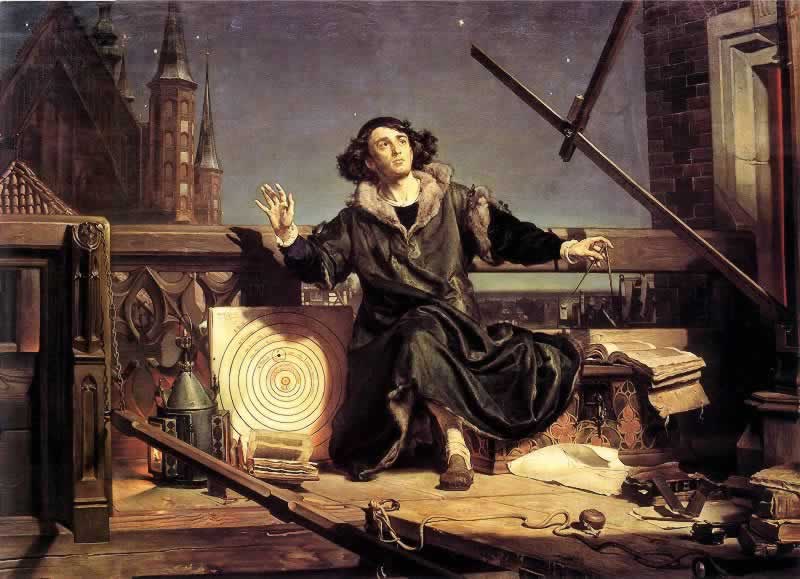
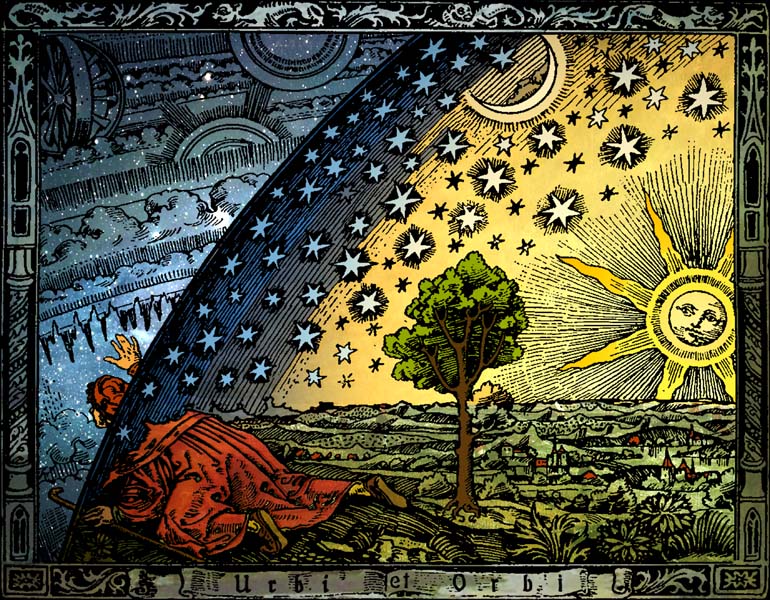
![]()
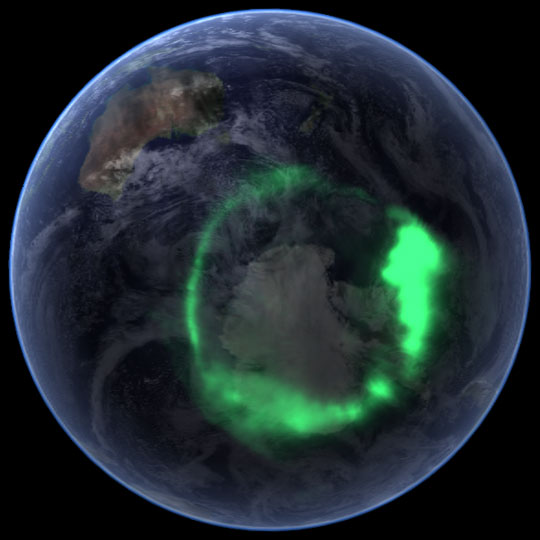

![]()
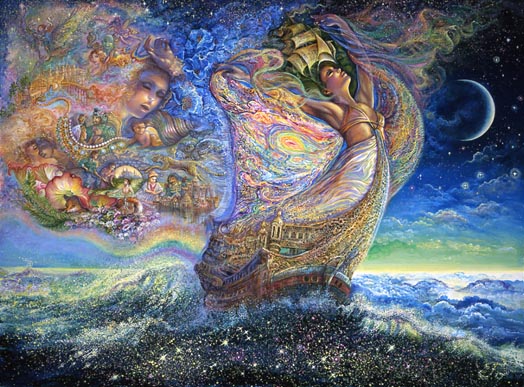
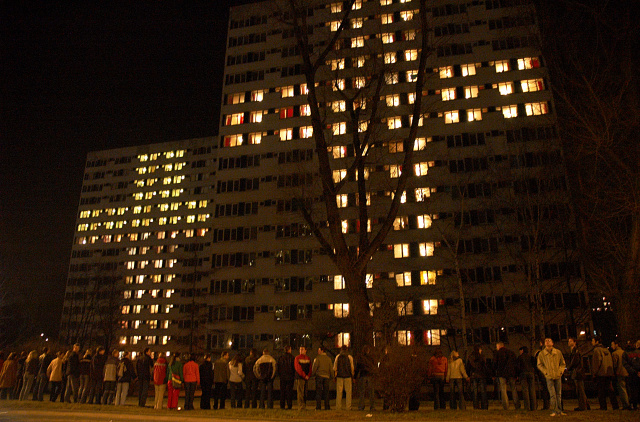
---------------------------